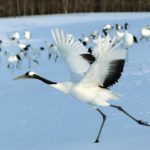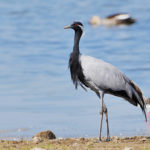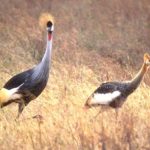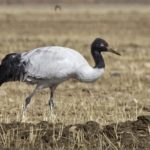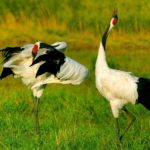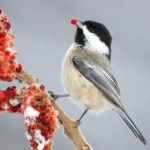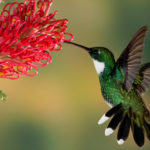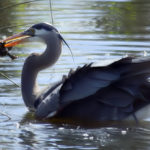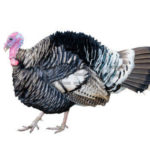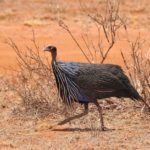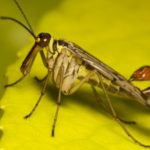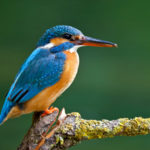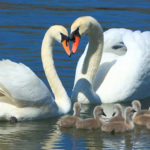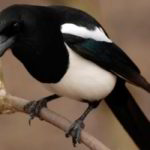Facts about cranes
 Cranes like to nest on wetlands of land somewhere near the plowed fields.
Cranes like to nest on wetlands of land somewhere near the plowed fields.- The cranes feed on sprouts, buds, and plant seeds. The rhizomes of plants are a gastronomic delicacy for them. Sometimes, insects, molluscs, worms, frogs, and sometimes small fishes fall into the menu of winged gourmets.
- The species is known since the time when dinosaurs lived on Earth – 40-60 million years ago. On different continents, scientists have repeatedly met the rock paintings of prehistoric people, depicting large long-legged birds with a long neck and a crane beak.
- The growth of the crane is up to 175 cm (for the Indian crane). This is the highest of flying birds.
- The smallest crane is belladonna.
- The largest are the Australian and Indian cranes.
- The heaviest is Japanese.
- In Armenia, this bird is considered to be the national symbol of the country.
- For the Chinese and Japanese, the crane is a symbol of wisdom, honor, beauty, longevity, vigilance.
- Adult birds moult once a year and at this time most species of cranes are unable to fly.
- Japan named one of its satellites “tsuru”, which means a crane. In Japan, there is a sign – one who folds 1000 paper cranes, he guarantees himself excellent health. In 1955, with the death of 12-year-old Japanese girl Sadako Sasaki, who died from the consequences of Hiroshima’s nuclear bombing, paper cranes became a symbol of peace – children from all over the world sent cranes to Japan, which Sadako did not have time to complete.
- cranes gather in a circle to protect their king, with one foot they stand on the ground, and another squeeze the stone: if the crane falls asleep, the stone falls and wakes him up (such a crane describes Aristotle).
- The name of the flower geranium comes from the Greek word “Γερανος”, which literally means “crane”. The name appeared due to the fruits of geranium, reminiscent of the beak of the crane.

